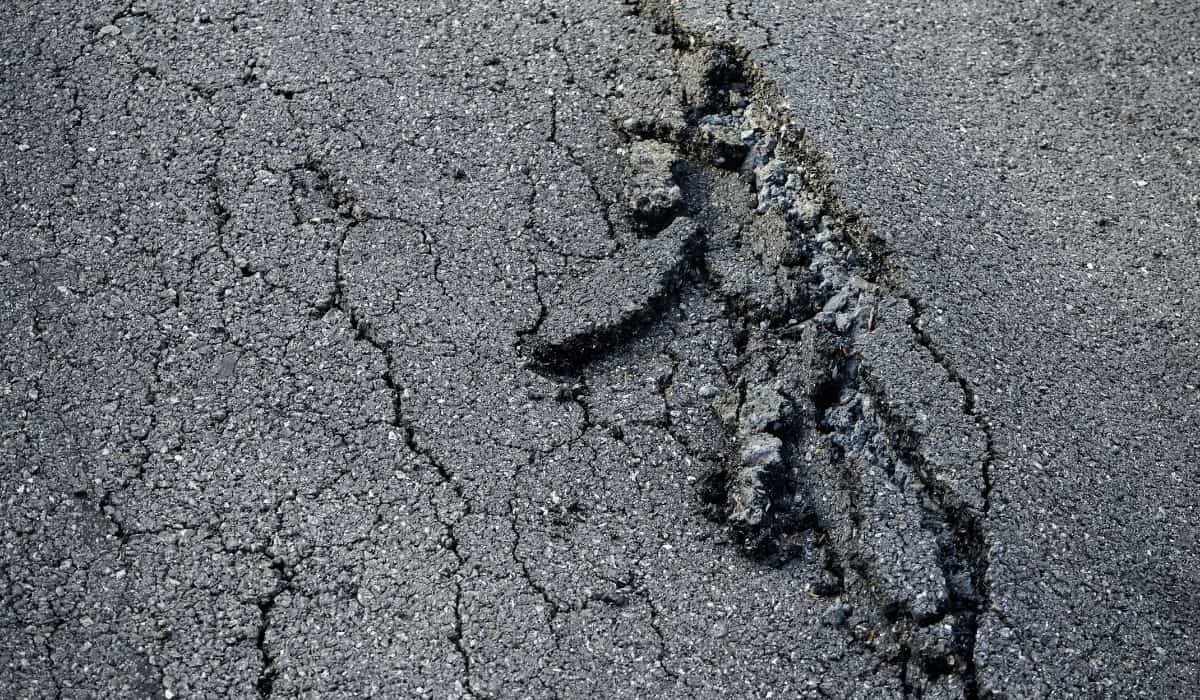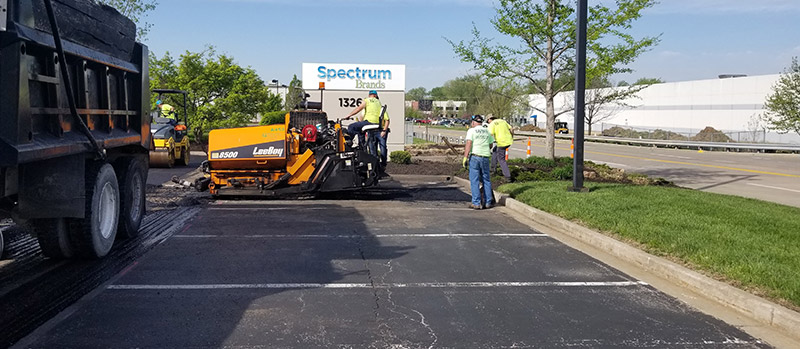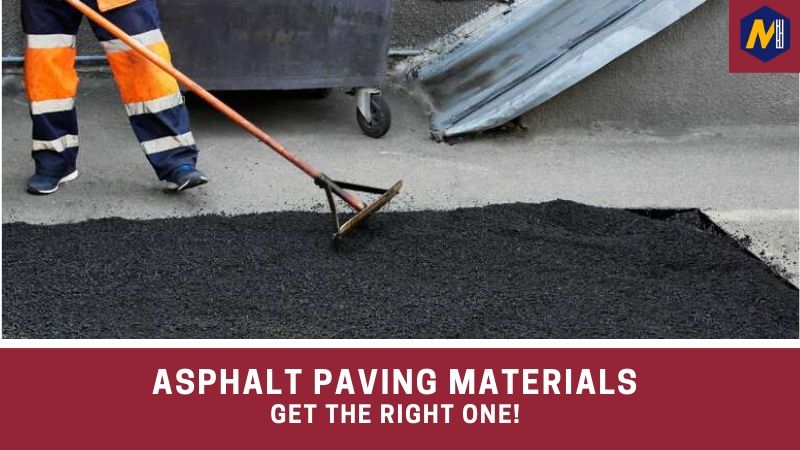Indicators on A1 Professional Asphalt & Sealing Llc You Should Know
Indicators on A1 Professional Asphalt & Sealing Llc You Should Know
Blog Article
The Single Strategy To Use For A1 Professional Asphalt & Sealing Llc
Table of ContentsThe Only Guide for A1 Professional Asphalt & Sealing LlcOur A1 Professional Asphalt & Sealing Llc DiariesThings about A1 Professional Asphalt & Sealing LlcSome Ideas on A1 Professional Asphalt & Sealing Llc You Need To KnowAll about A1 Professional Asphalt & Sealing Llc

The oil in a vehicle engine is not simply oil. The REOB includes all the additives that were in the waste oil as well as the wear metals from the engine (generally iron and copper).
Nonetheless, by making numerous blends utilizing various REOB samples and different asphalt binders, the variations mainly can be balanced out. Numerous States gave samples of well-known REOB make-up to TFHRC scientists, who analyzed the samples to compare the percent of included (recognized) REOB to the located (examined) quantity. The analyses revealed a similar percentage of added and found REOB.
The Best Strategy To Use For A1 Professional Asphalt & Sealing Llc
None of those States realized that the asphalt they were getting consisted of REOB. One State insisted its samples had no REOB - https://a1-professional-asphalt--sealing-llc-45929274.hubspotpagebuilder.com/blog/a1-professional-asphalt-repairs-paving-excellence-in-st-louis.
Of the 1,532 samples tested, 12 percent consisted of REOB, and some had significantly high degrees of it at 1020 percent. The highest possible degree was 34 percent in a sample from Texas, which TxDOT had actually made use of in a patching compound. This testing additionally disclosed the presence of phosphoric acid in 11 percent of the examples, and 2 percent consisted of ground tire rubber.
Two years back at TRB's annual conference, the Federal researchers held an REOB workshop and presented the searchings for of their lab analyses to a standing room-only group. Some agencies do not especially prohibit REOB, they do impose physical examinations that avert its useeffectively a ban. Others do not outlaw it by specification, yet have contracts with asphalt distributors to stay clear of the usage of REOB
A1 Professional Asphalt & Sealing Llc for Dummies
A handful do allow REOB, some within specific restrictions. For instance, Ohio and Texas restriction levels to much less than 5 percent of the asphalt. To develop a trustworthy examination approach that all States can make use of, the TFHRC scientists established up a round-robin examination strategy. The individuals are 11 State freeway firms (Illinois, Massachusetts, Minnesota, Mississippi, Montana, North Carolina, Oklahoma, South Carolina, Texas, Vermont, and Wyoming), 2 independent screening laboratories, the Ministry of Transportation in Ontario, Queen's University in Ontario, and an Ontario paving professional.
In total amount, the researchers prepared and shipped 720 blends. The participants are checking the samples independently utilizing the guidelines offered by the TFHRC researchers. The round-robin testing is nearly finished, and TFHRC remains in the process of collecting the results. The output will certainly be a proposed AASHTO test technique that any type of State can take on and use (a1 asphalt).
The sidewalk with REOB, which is situated 0.6 mile (1 kilometer) from the sidewalk without REOB, has the same subgrade, web traffic density, and environment. The sector of Highway655 with 5 to 10 percent REOB showed substantial splitting. In this instance, the visibility of REOB was the identified root cause of splitting at a low temperature levels.
"In our experience in copyright, even tiny quantities of 23 percent can be a trouble." Likewise, a section of examination sidewalk in Minnesota (MN1-4) discovered to consist of REOB also broke too soon. The sidewalk done well for the first 3 to 4 years, however after that started to split. This sidewalk is likewise subject to low temperatures.
An Unbiased View of A1 Professional Asphalt & Sealing Llc
The examinations were not comprehensive, yet they revealed that at degrees of 6 percent or more, Our site the tensile strength of the asphalt dropped significantly. At a degree of 3.5 percent REOB, the variant in the physical examination techniques was above the result of REOB. In truth, it was hard for scientists to examine whether REOB was existing.

One binder parameter thought about is the difference between the low temperature vital spec temperature for tightness (S) in the bending light beam rheometer and the flexing beam of light rheometer creep incline (m-value) kept in mind as Tcritical. TC = TC (S) TC (m-value). Analysis of this criterion is still continuous. 2 independent research study teams, one from AASHTO and the other from the Asphalt Institute, wrapped up that more research study is required on the use of REOB in asphalt.
Formerly, all asphalt testing measured engineering homes such as stiffness. These examinations do not show what products had been included to the asphalt.

Excitement About A1 Professional Asphalt & Sealing Llc
These outcomes show there are weaknesses in the standardized engineering testing methods that might be manipulated. The manufacturer may have a financial advantage and the product passes all the standardized examinations, yet the item might not be useful to making sure long-term performance. To resolve this concern and the growth of new asphalt additives and extenders, TFHRC is beginning a study program to utilize handheld spectroscopic tools, x-ray fluorescence spectroscopy, and Fourier change infrared spectroscopy to allow evaluations to be done in the area instead of needing to take samples back to the laboratory.
Report this page